Some people do not see the move as positive, others are happy about it. At least in the sense that there are more users of Android devices than iPhones in the Czech Republic, we should also benefit from this. Most likely, the iPhone 15 will have USB-C, and it's a shame. Not that we will see this standard, but that we have not seen it for a long time.
If the EU hadn't intervened, we'd probably be here with Lightning forever. Even if not every step ordered from above is the positive one, it can be said about this one. USB-C rules the world, and it was even before the EU regulation itself, because Android relies on it exclusively, it also applies to other electronic devices, be it headphones, tablets (even in the case of iPads), Bluetooth speakers and everything else.
One standard will not save the planet, but we will
In addition, USB-C has only positives compared to Lightning, thanks to the fact that Apple has not touched Lightning since its introduction. To a certain extent, he himself is also to blame for his death. Not only by completely ignoring it, but also by basically cutting it off from iPads, when we only use it to charge iPhones, AirPods and accessories, which just doesn't make sense. Apple itself should have realized this before the EU even ordered it, that we must therefore have more cables to charge all of its products. And that is just not desirable - from the user's point of view, nor from the ecological and financial point of view.
The company had the perfect opportunity to ditch Lightning and switch to USB-C long ago. In 2015, it introduced the 12" MacBook, which set the design direction for future Apple portable computers. Doing so right away might be difficult, but switching a year or two later wouldn't surprise anyone. At the time, microUSB was the most widely used on Android devices, so Apple would clearly have overtaken it. Instead, he happily cashed in from the MFi program.
It could be interest you

But to a certain extent, it came together rather unhappily. The 30-pin connector was huge and unwieldy, and it was Lightning that replaced it in the iPhone 5. But USB-C came soon after, and it didn't make sense for Apple to get rid of its connector right away. If we're being lenient, it still made sense as long as the company was using it in iPads, unreservedly. As soon as USB-C came out first, Lightning should have gone to silicon heaven.

Apple has always been based on the ease of use of its products, but with this schizophrenia in connectors and cables it has spoiled us. But the company itself probably doesn't know what it actually wants. It was after 2015 that MacBooks dropped MagSafe and replaced it with only USB-C, so that we have MagSafe back here for some reason, while there is one MagSafe in iPhones and a completely different MagSafe in MacBooks, even though we have the same designation here. In any case, by autumn we will hopefully get rid of at least one nomenclature for good and live only in the USB-C world and a little bit of MagSafe.
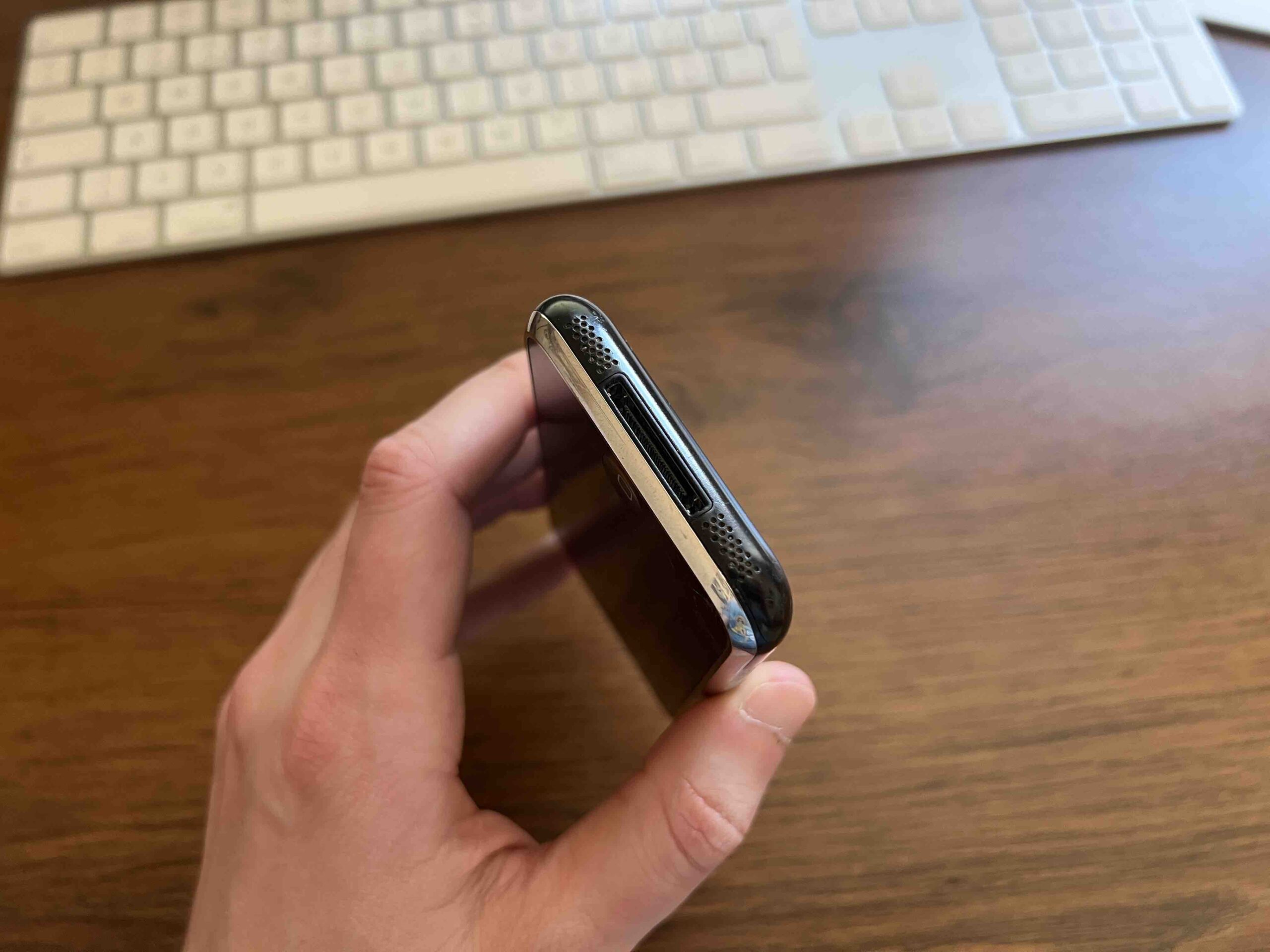
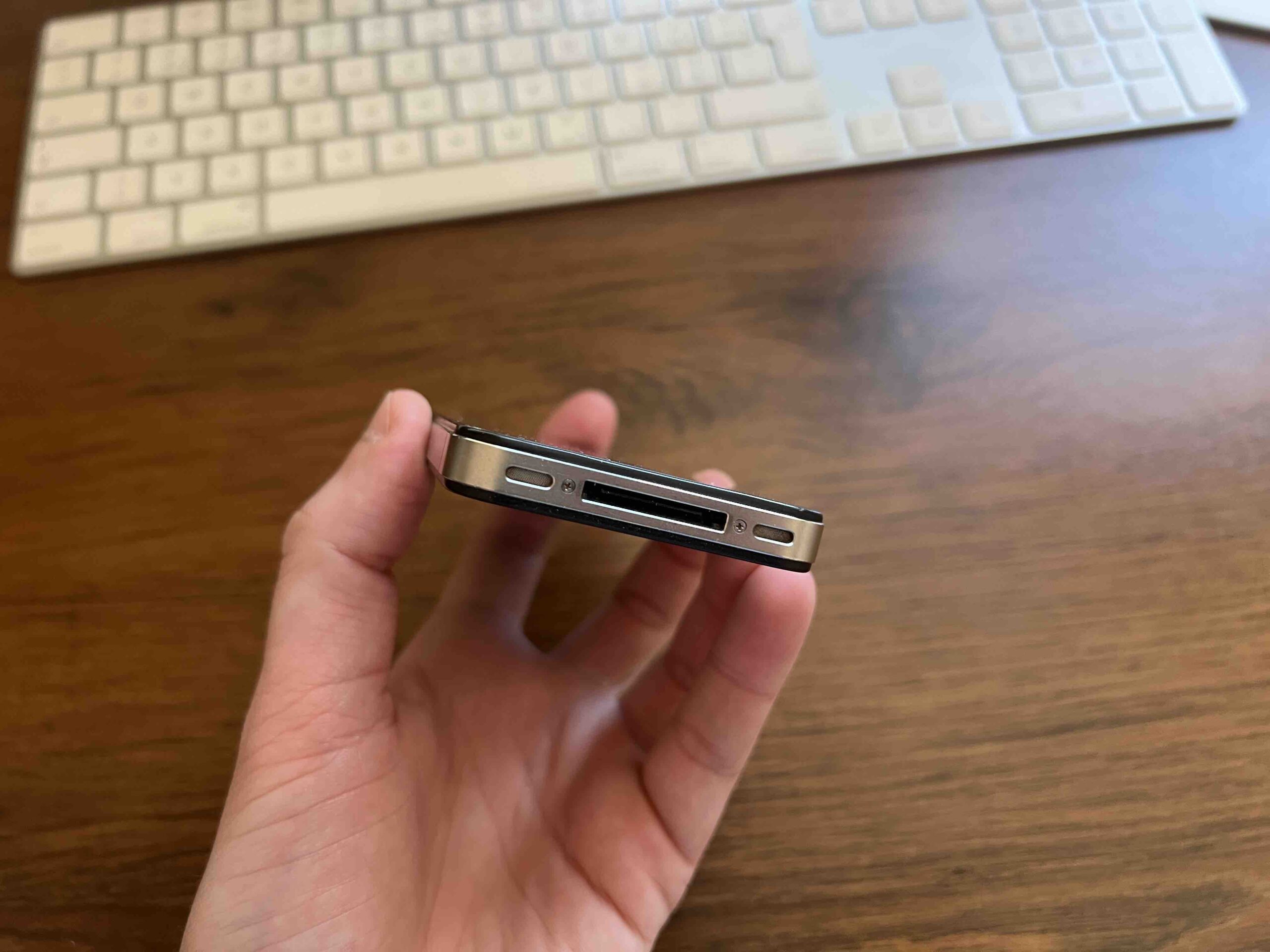
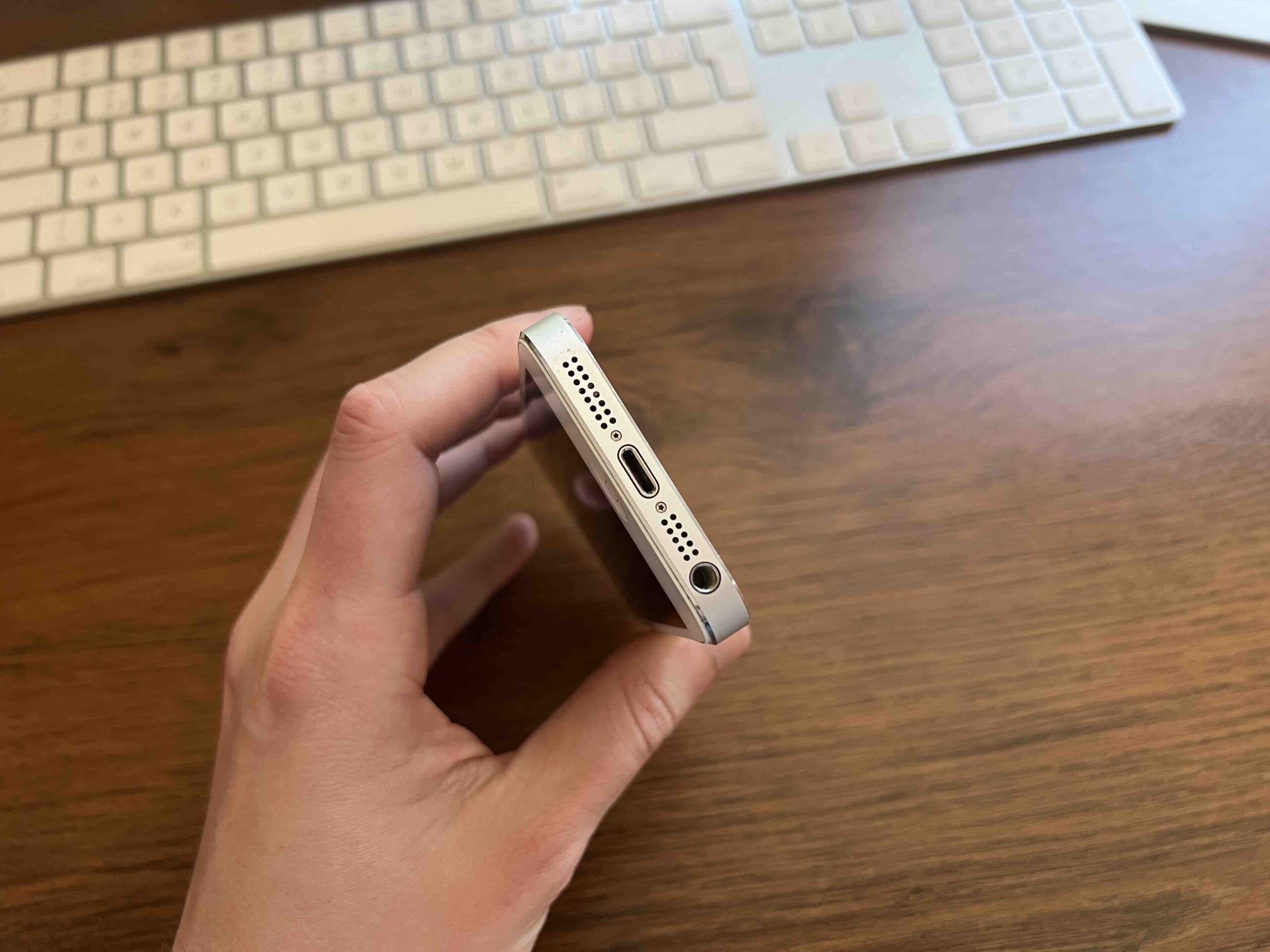

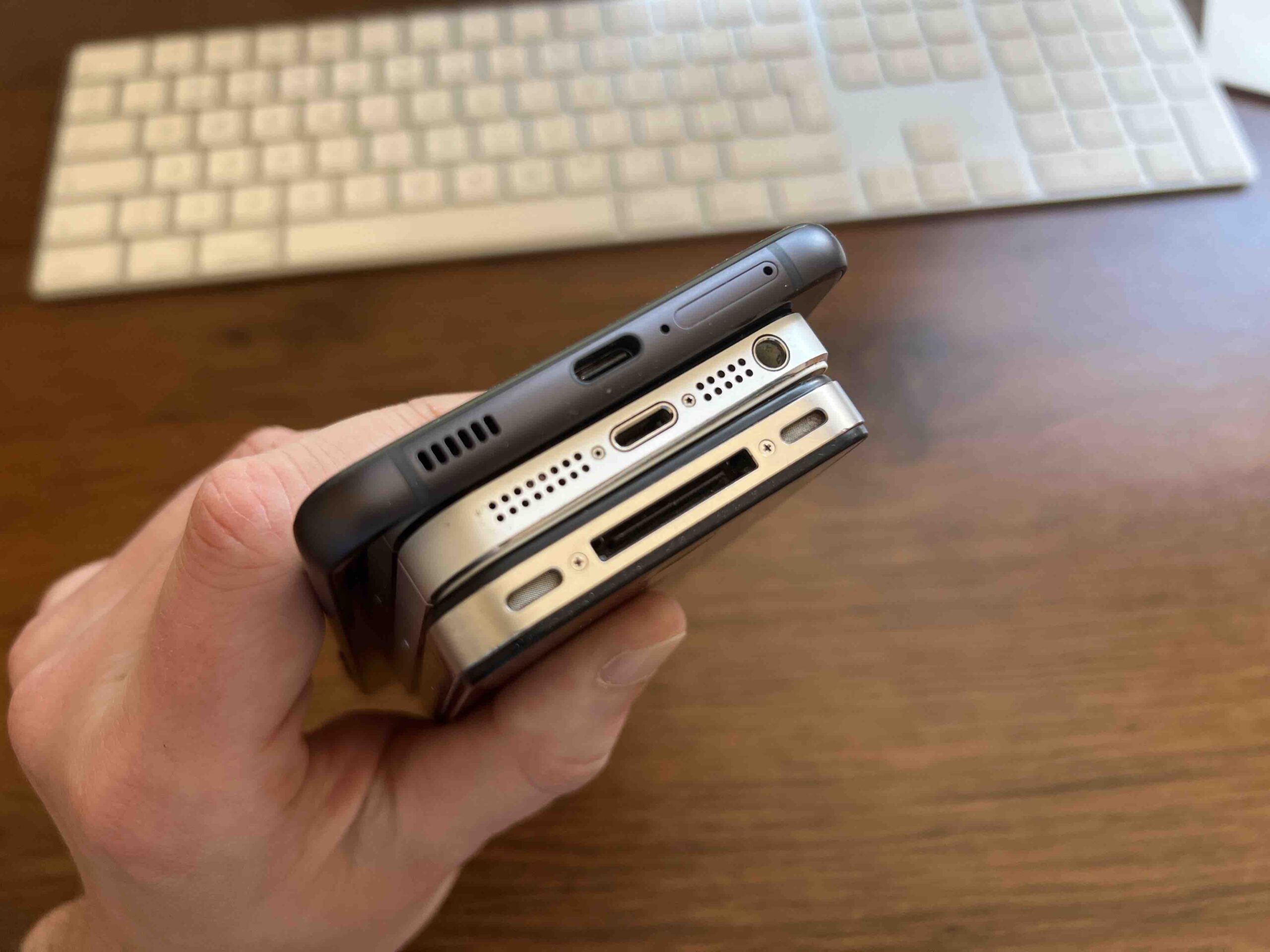
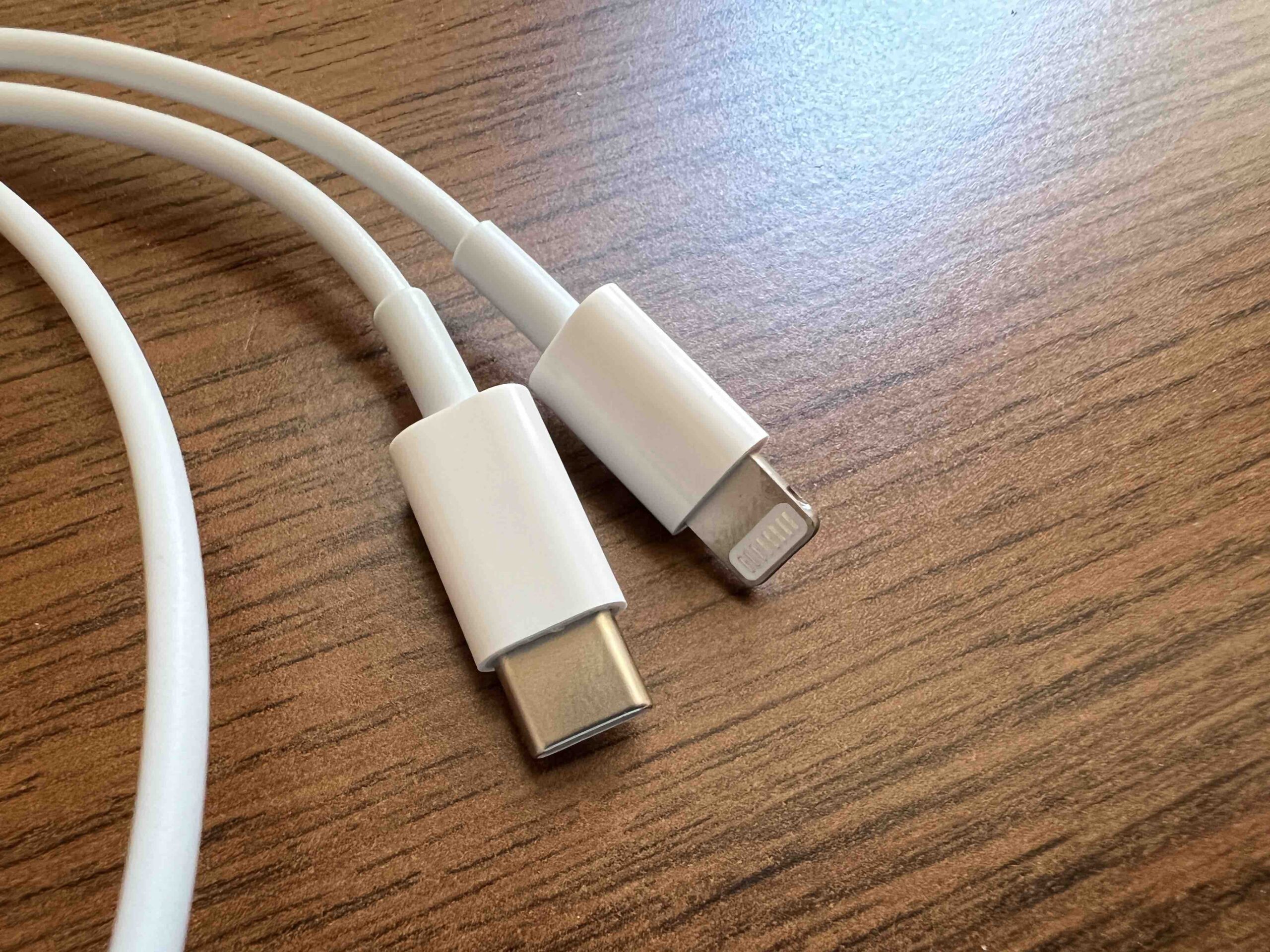
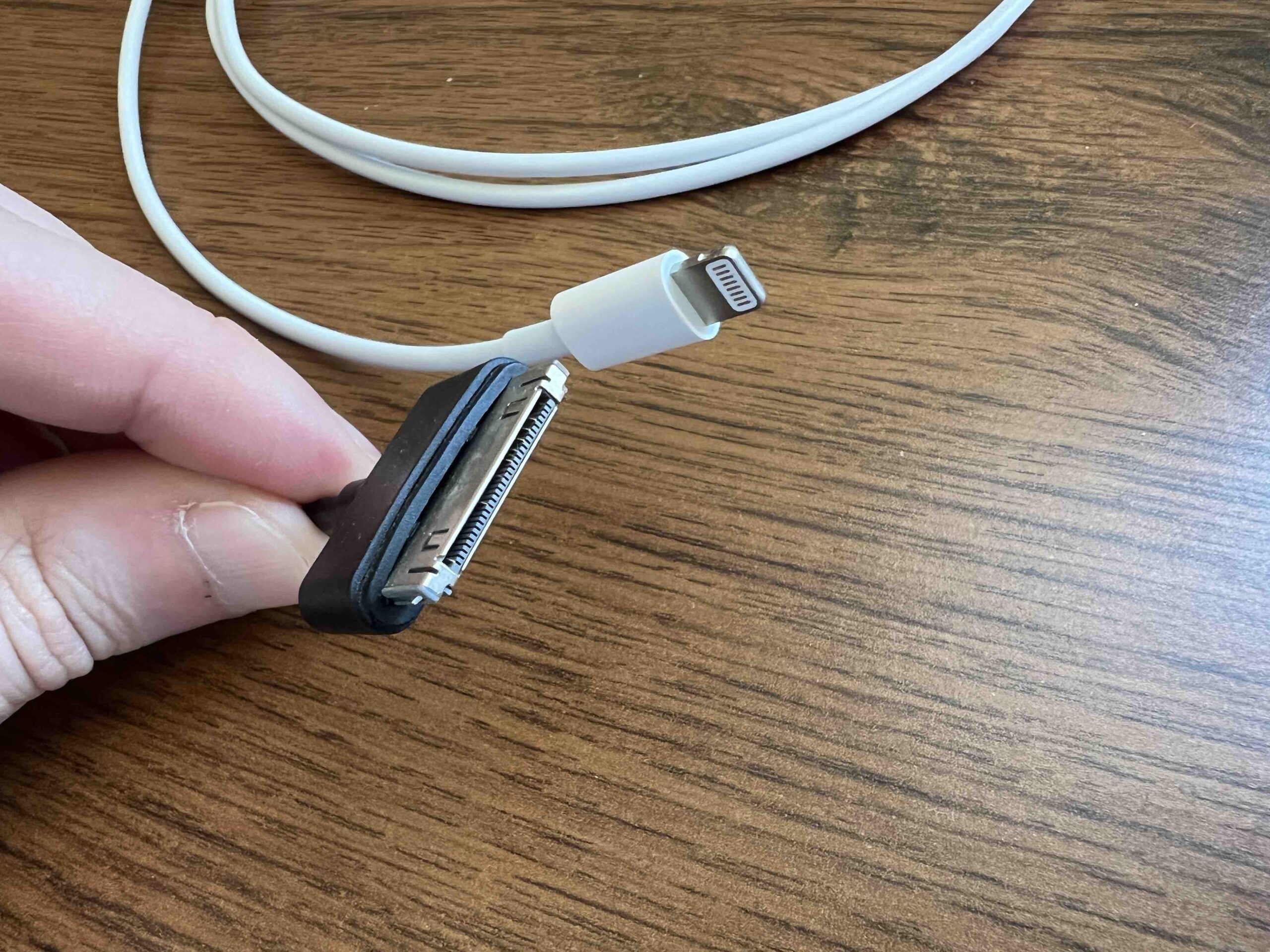
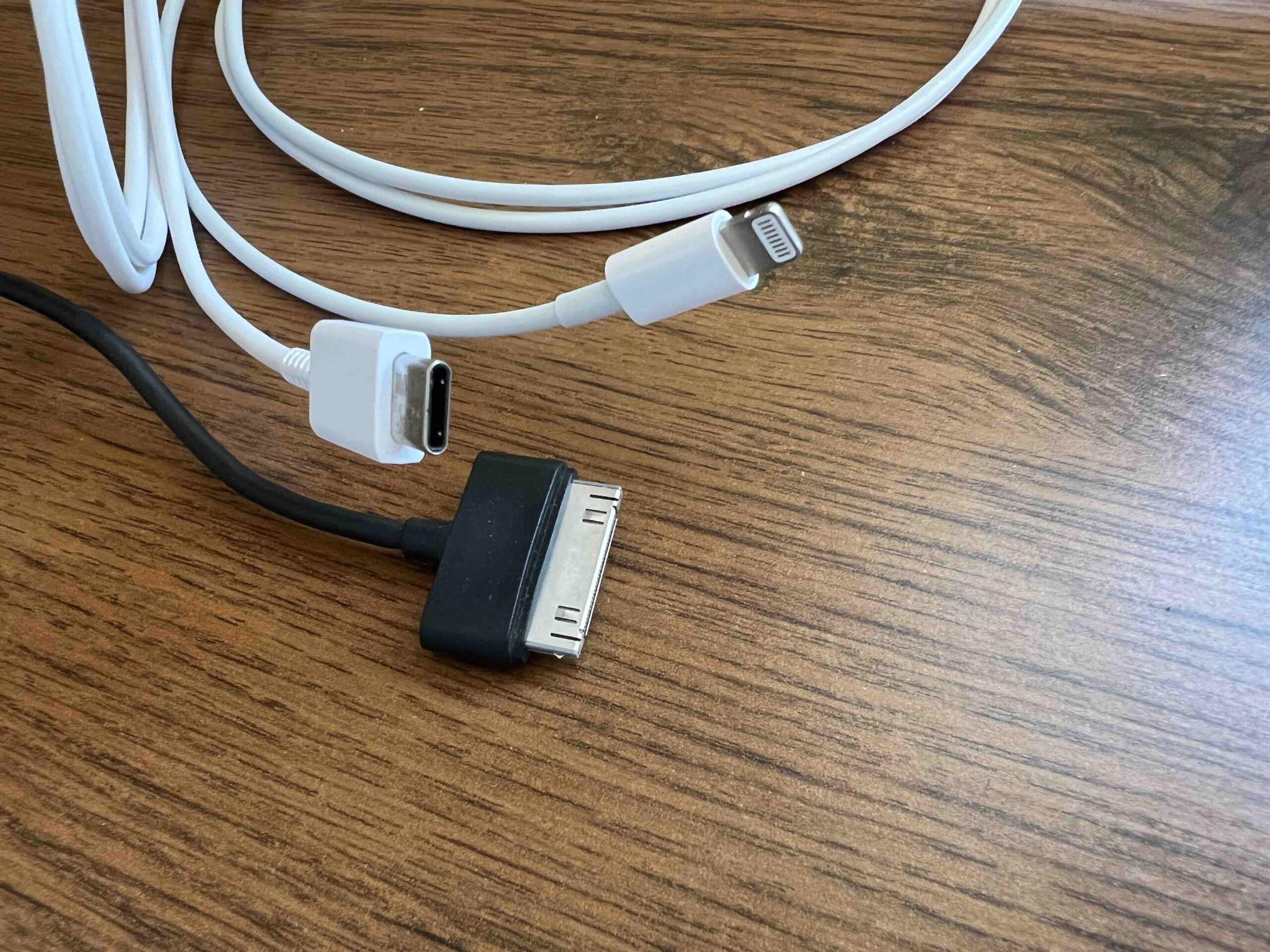
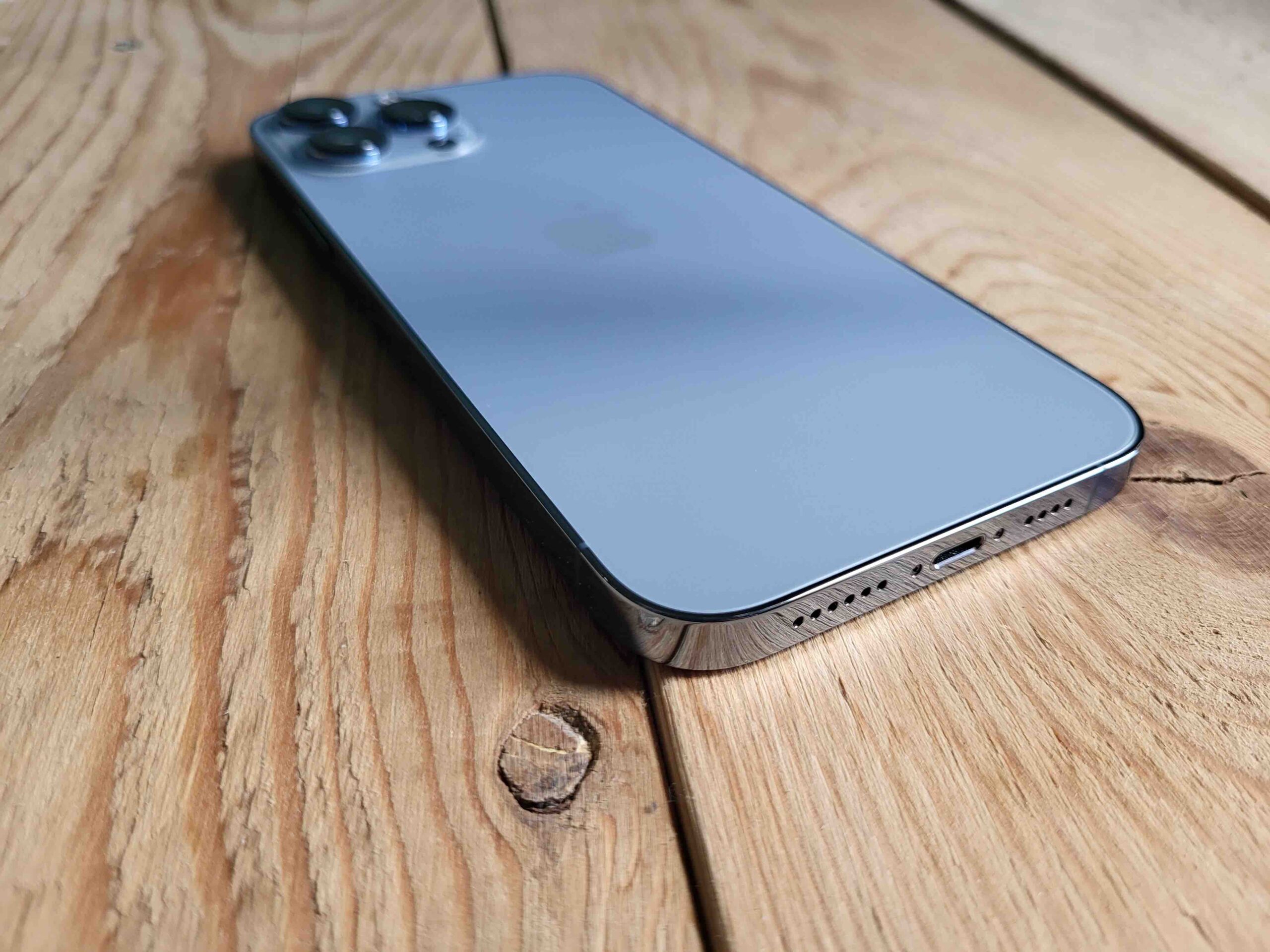
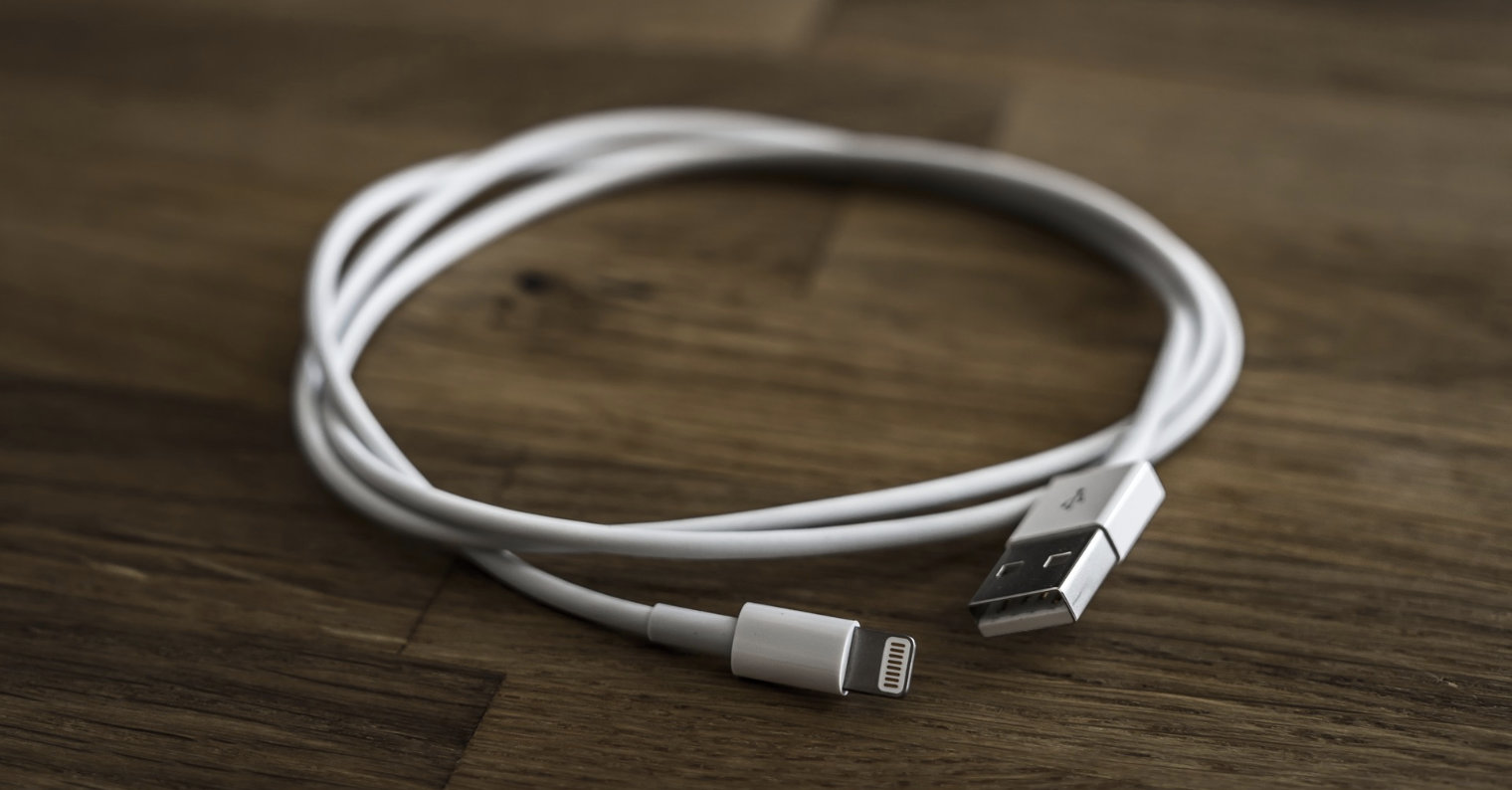
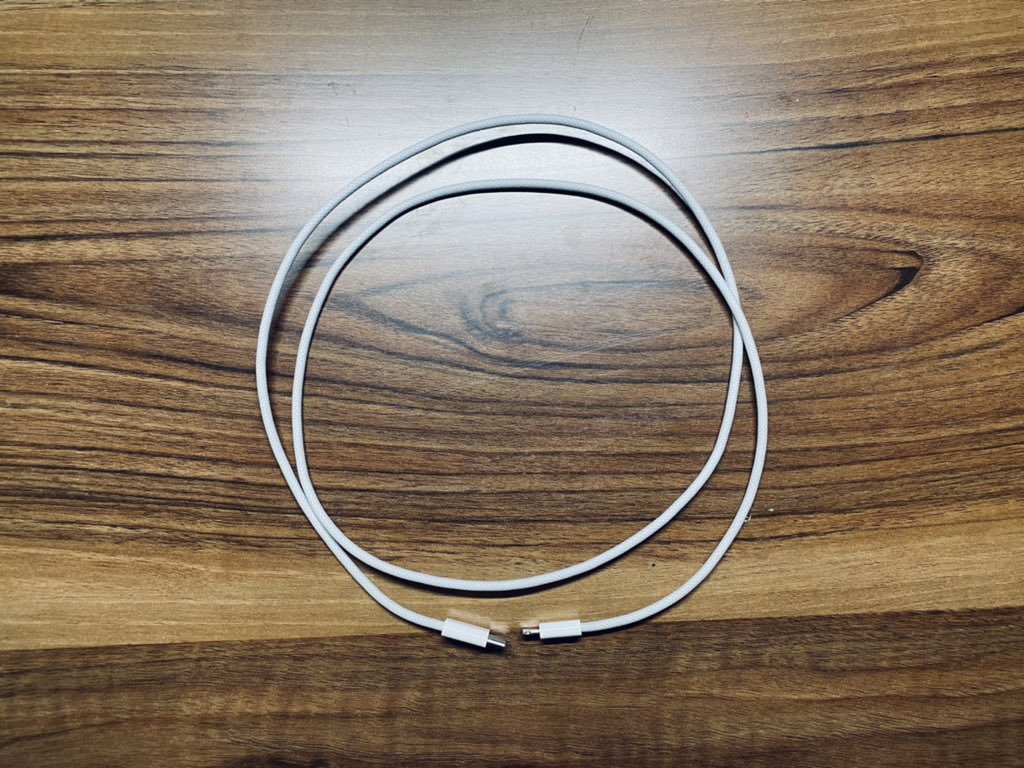

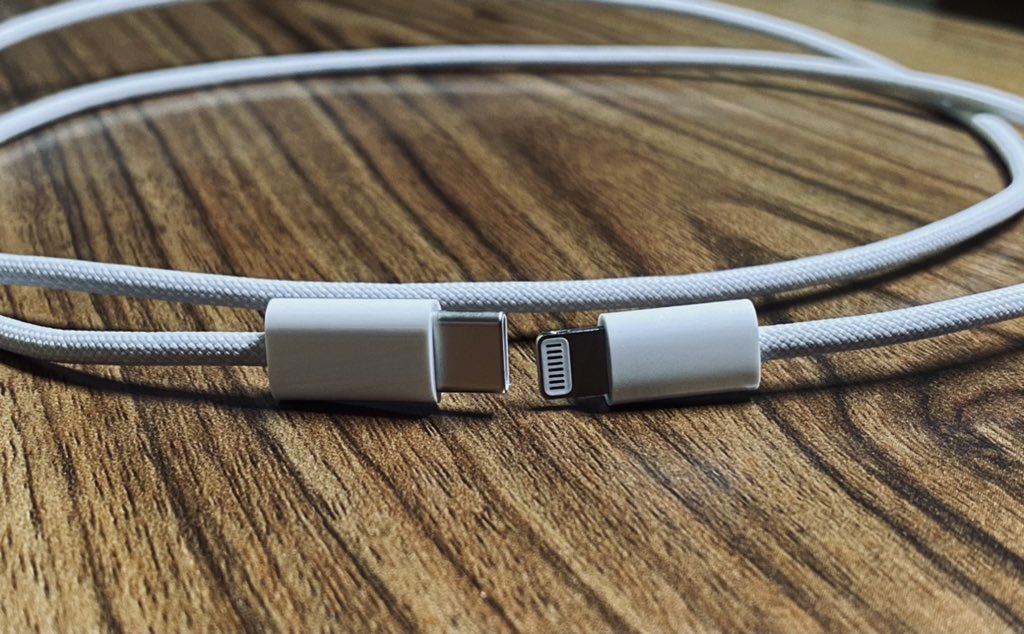
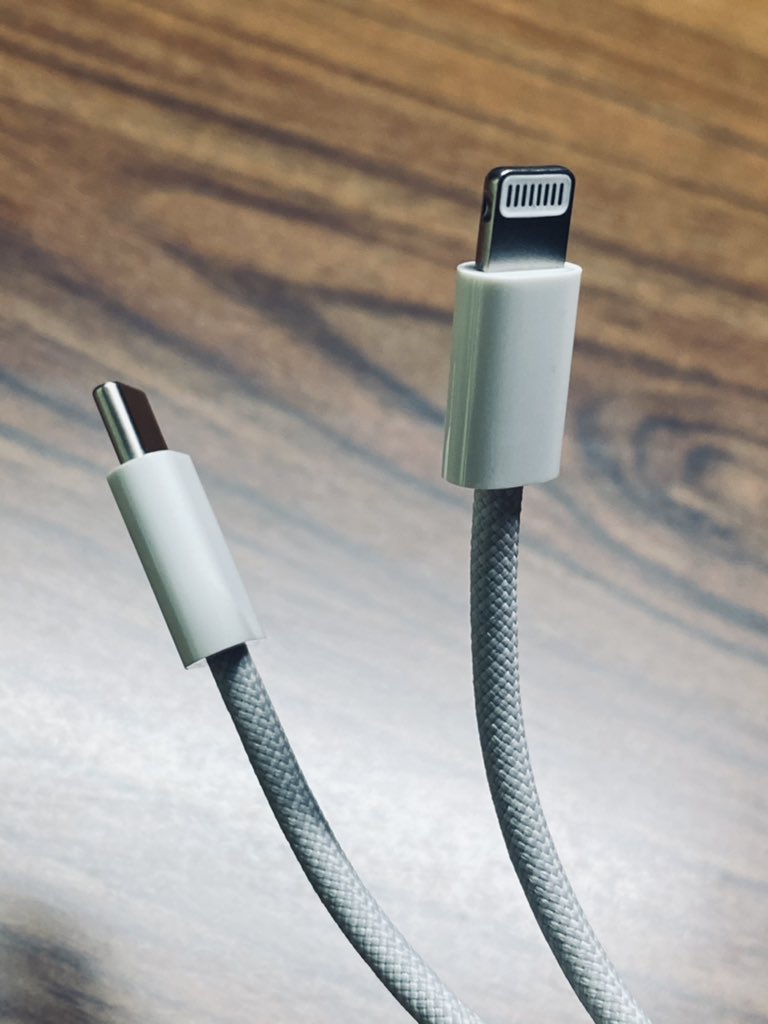
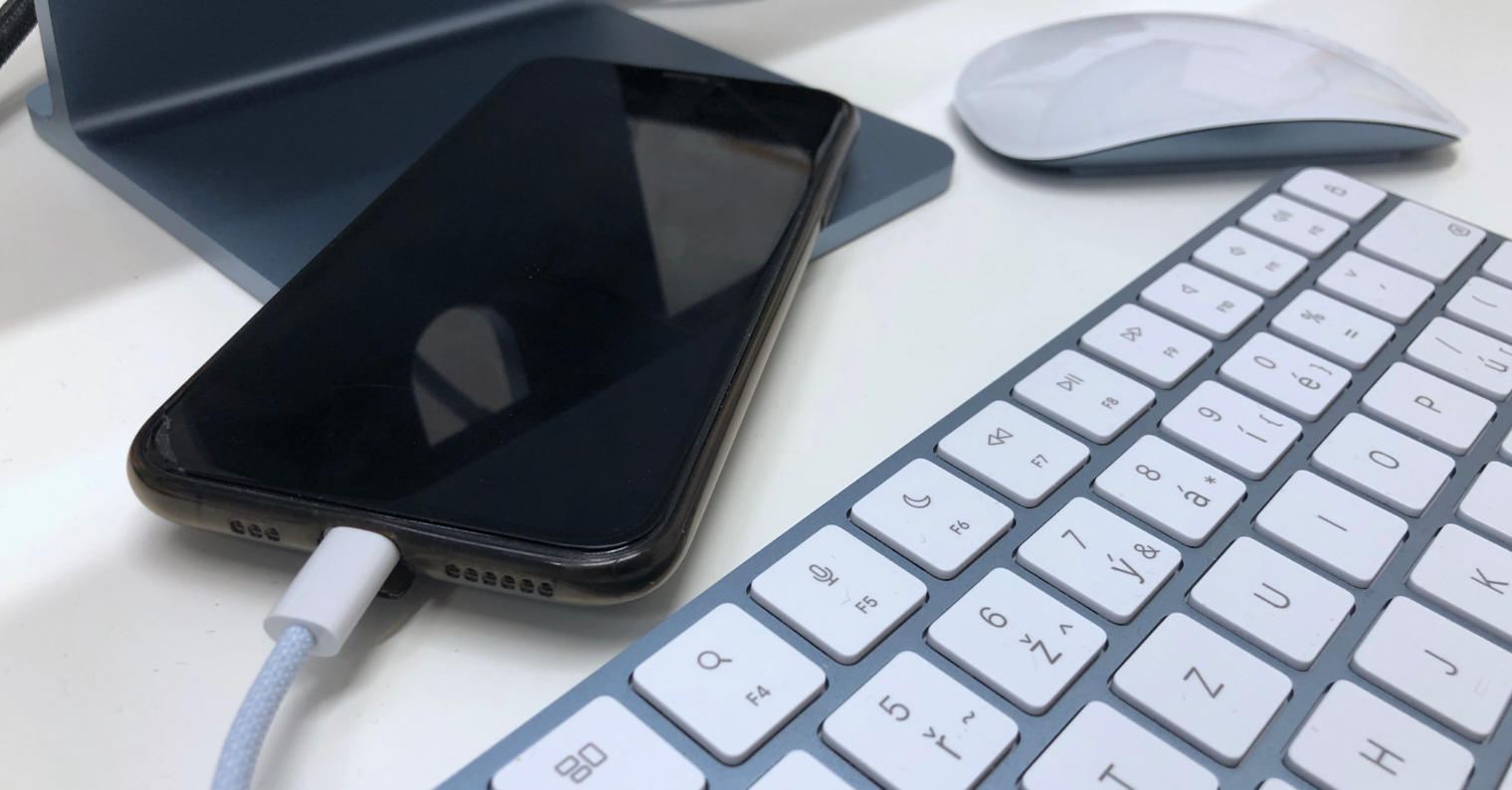

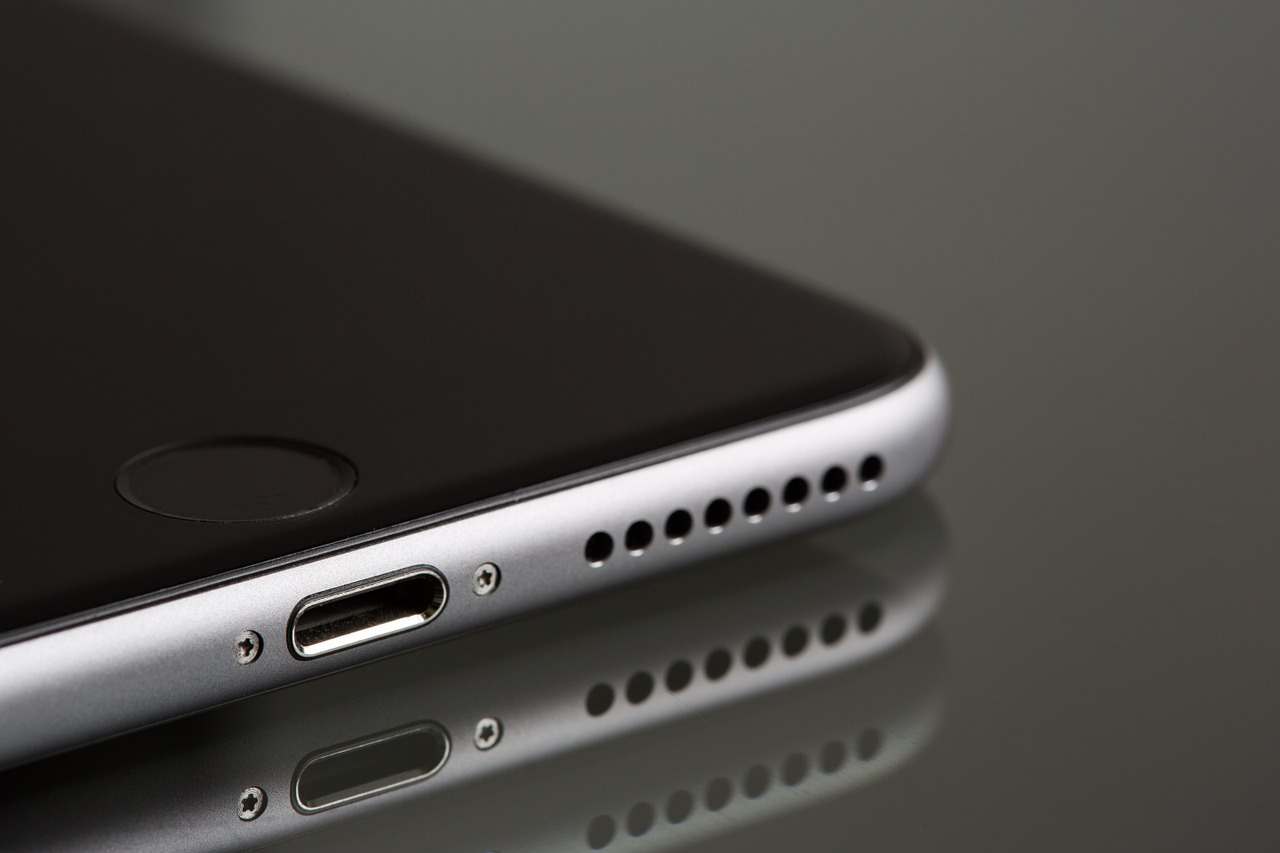
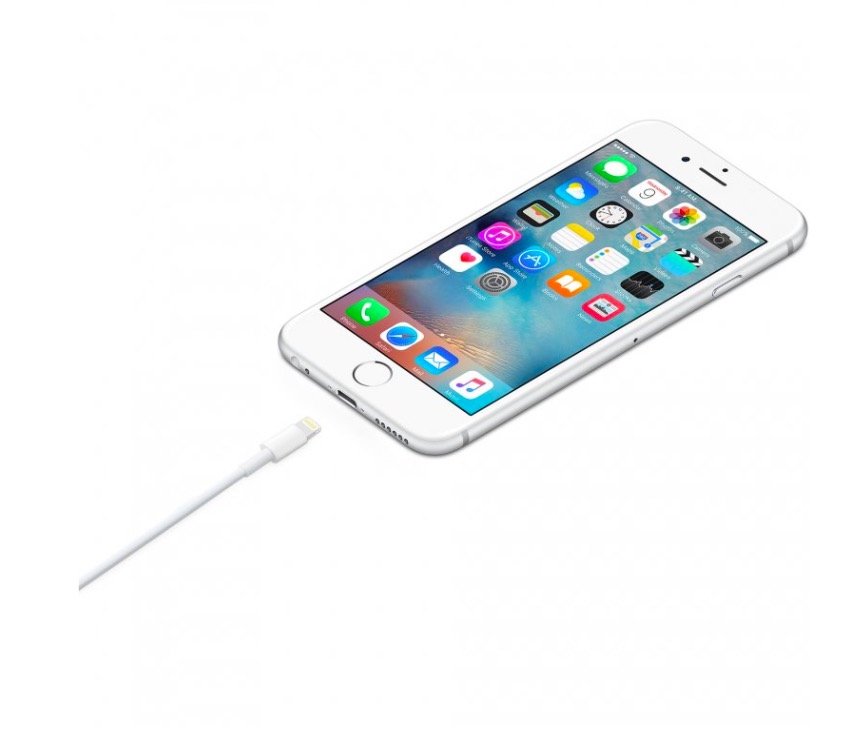
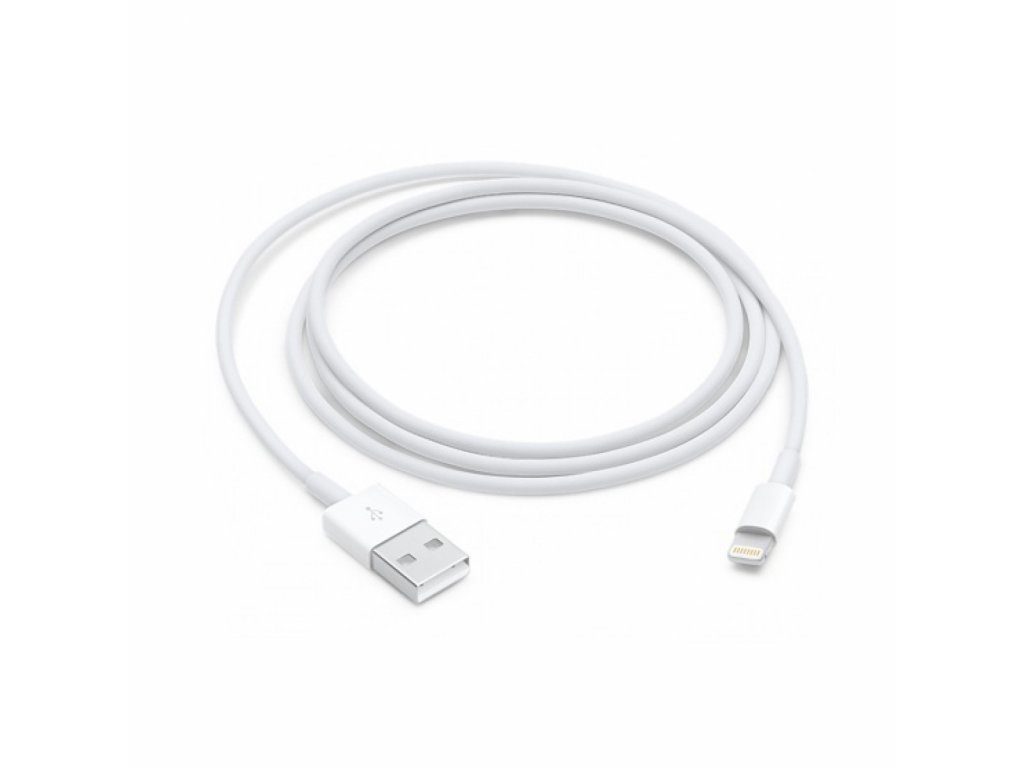
 Adam Kos
Adam Kos